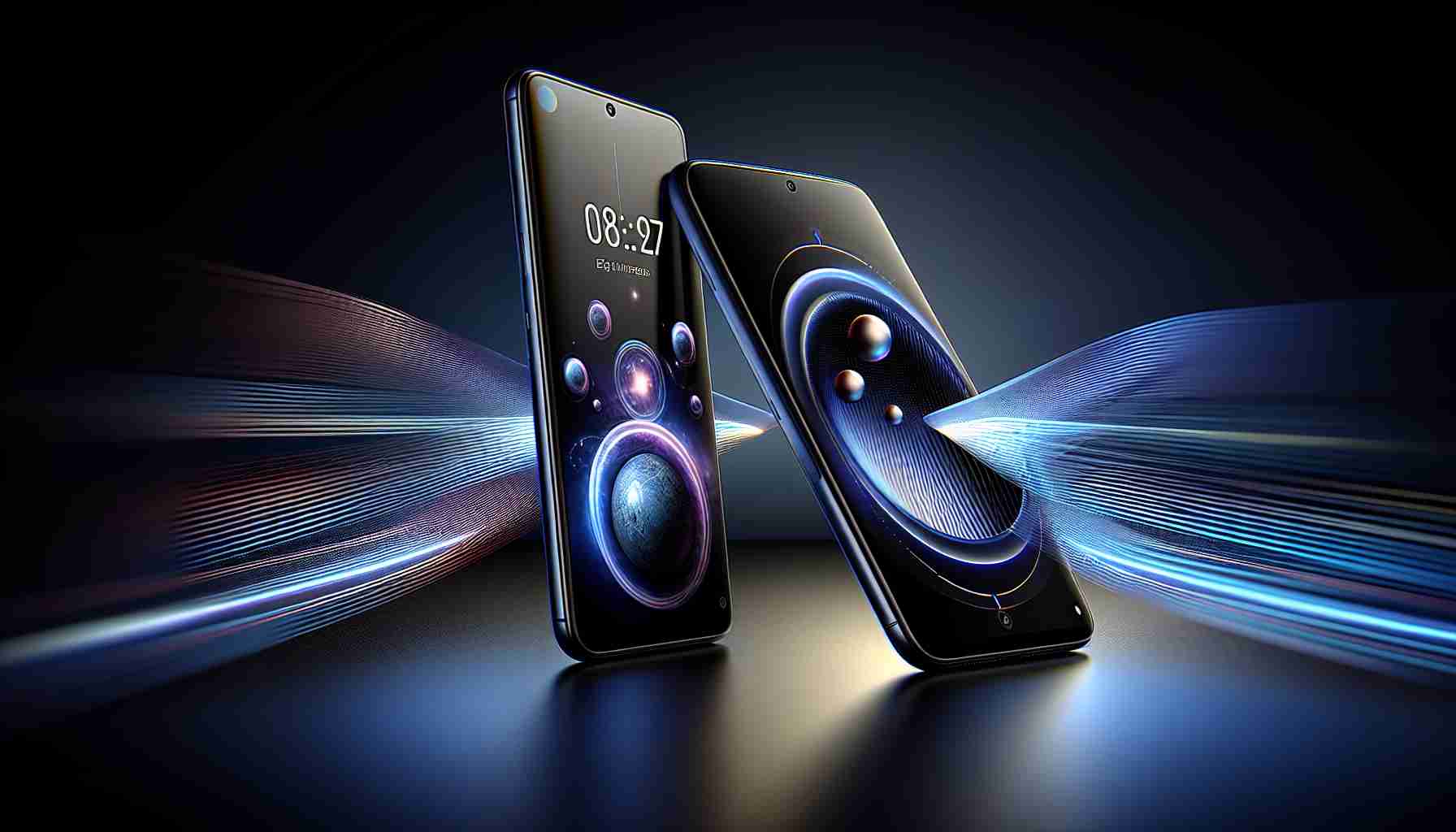Motorola Unveils New Flagship
Known for its innovation, Motorola has recently launched the Motorola X50 Ultra, a device that redefines performance expectations in the smartphone realm. With the inclusion of the powerful Qualcomm Snapdragon 8s Gen 3 chipset paired with a massive 12GB RAM capacity, the Motorola X50 Ultra ensures multitasking at its finest. The smartphone’s utilization of the latest Android 14 platform further guarantees a seamless interactive experience, as reflected in impressive benchmark assessments.
vivo Introduces Game-Changing Fast Charging
In response to the demands of modern mobile users, vivo has introduced the vivo S19 Pro. This device brings together the efficiency of the MediaTek Dimensity 9200+ chipset and 8GB of RAM, delivering commendable performance. The standout feature, however, is its 80W fast charging capability, which provides users with rapid power-up times, catering especially to those with an on-the-move lifestyle.
Innovations Elevate User Experience
Both Motorola and vivo have taken significant steps in advancing smartphone technology, with both brands focusing on distinctive innovations. These innovations cater to the increasing expectation for devices that not only perform exceptionally but also last longer on a single charge, showing their commitment to convenience and functionality.
Finding Success in a Competitive Market
As Motorola and vivo navigate the highly competitive mobile market, they concentrate on features that allow them to stand apart from the crowd. However, balancing innovation with concerns over sustainability and affordability presents ongoing challenges.
Strategies and Challenges for Market Leaders
Staying ahead in technology means confronting challenges head-on. Motorola and vivo are no strangers to this battle, as they aim to distinguish their offerings in an oversaturated market, all while being mindful of their devices’ environmental impact and keeping an eye on strategic pricing to appeal to various consumer segments.
For enthusiasts seeking the latest on Motorola and vivo’s technological endeavors, checking their official websites remains the most reliable source for information and detailed specs. Motorola enthusiasts should visit Motorola’s site, while vivo fans are directed to vivo’s online presence.
In summary, Motorola and vivo continue to push the boundaries of mobile technology with their latest devices. They strive for excellence as they balance the demands of performance, sustainability, and marketability in the ever-evolving smartphone industry.
Motorola and vivo Propel Mobile Technology Forward
Motorola and vivo are reputable brands known for their contribution to mobile phone innovation. While the article introduces Motorola’s new flagship, the Motorola X50 Ultra, and vivo’s innovative vivo S19 Pro with fast charging, it’s important to contextualize their efforts amidst broader industry trends and challenges.
Not mentioned in the article, Motorola, a Lenovo-owned company, has a long history of mobile communication innovations, including the creation of the first handheld mobile phone in 1973. This legacy continues as they compete with features like high RAM capacity and the use of Snapdragon chipsets in their high-tier phones.
Similarly, the article briefly mentions vivo’s use of MediaTek’s chipset but omits their competitive stance in the market, especially in Asian countries, and their focus on camera and sound quality which are also significant selling points for their smartphones.
The most important questions that arise from the topic include:
– How do these innovations from Motorola and vivo impact the average consumer’s day-to-day mobile phone experience?
– What are the key challenges that Motorola and vivo face in a market dominated by other giants like Samsung and Apple?
– How are sustainability concerns being addressed by these companies in their production and innovation processes?
Key Challenges and Controversies
Motorola and vivo, like other smartphone manufacturers, face the challenge of innovating in a crowded market while also dealing with the environmental impacts of their products. The production and disposal of mobile phones contribute to electronic waste and can have detrimental environmental effects if not managed properly.
Another challenge is the pricing strategy, which is critical for attracting different market segments. High-end features come at a cost, and brands need to justify the additional expense to consumers who have a multitude of cheaper alternatives.
Advantages and Disadvantages
The advantages of the innovations from both Motorola and vivo include enhanced user experience due to better performance, longer battery life and rapid charging times—features increasingly demanded by consumers.
However, there are disadvantages, such as the potentially higher costs of these advanced technologies, which may make them less accessible to some consumers. Additionally, the focus on flagship devices might lead to neglect for lower-end segments that require affordability.
For Motorola or vivo, visiting their official websites is recommended for enthusiasts who want the most up-to-date and accurate information about their products and innovations. These platforms offer detailed specifications and the latest news directly from the source.
In conclusion, the ongoing efforts by Motorola and vivo to introduce advanced features and technological improvements highlight their commitment to innovation in the mobile industry. They continue to strive for excellence while seeking balanced solutions to performance, sustainability, and consumer affordability challenges.
The source of the article is from the blog bitperfect.pe
